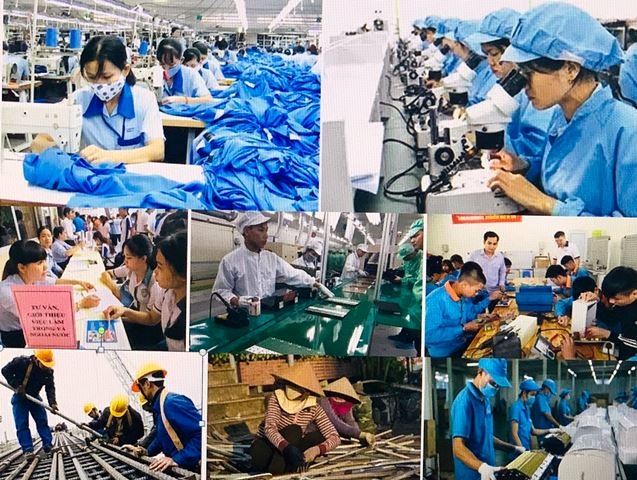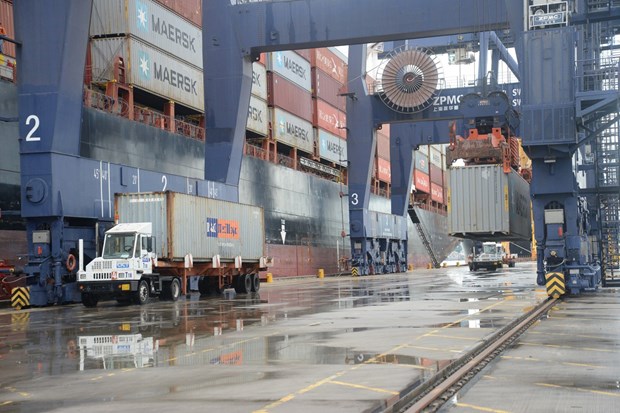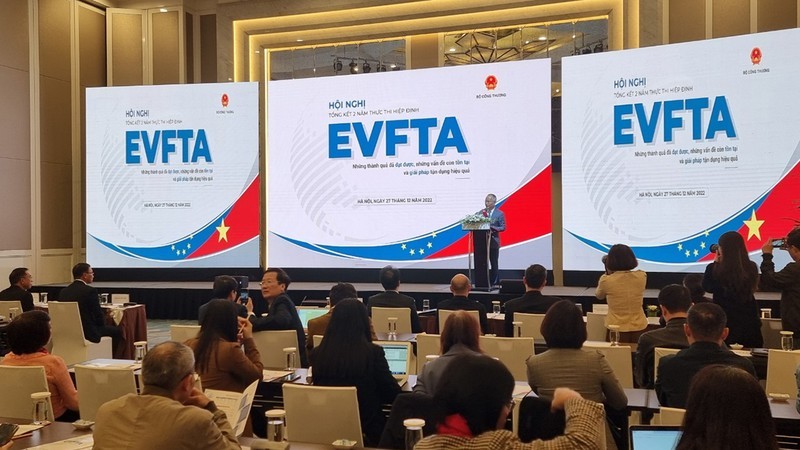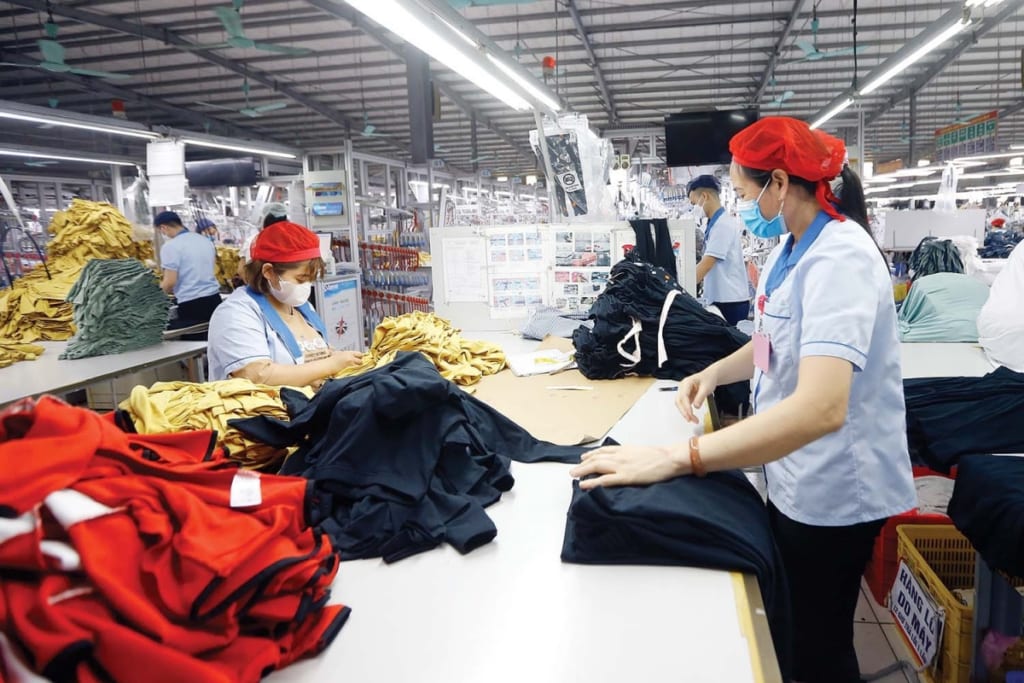
In today’s globalized world, the term “cheap labor” is often associated with developing countries, and Vietnam is no exception. However, it’s essential to look beyond the surface and understand the intricacies of cheap labor in Vietnam. This article will delve into various aspects of this phenomenon, shedding light on its economic significance, sustainability, and the impact it has on both Vietnam and the global market.
Introduction
Vietnam, a Southeast Asian nation known for its rich culture and stunning landscapes, has also gained recognition in the international business arena as a hub for cheap labor. In this article, we will embark on a comprehensive journey through the world of cheap labor in Vietnam. We will explore its origins, the factors contributing to its prevalence, its implications for the country, and its role in the global economy.
Cheap Labor in Vietnam: An Overview
Cheap labor in Vietnam refers to the availability of a sizable workforce at relatively low wages. This phenomenon is a result of various historical, social, and economic factors that have shaped the country’s labor market.
Historical Perspective
To understand the roots of cheap labor in Vietnam, we must travel back in time. The country has a history of agricultural and industrial labor dating back centuries. During the colonial era, Vietnamese labor was often exploited by foreign powers. This historical backdrop has influenced the nation’s approach to labor and economic policies.
Economic Factors
Vietnam’s transition from a centrally planned economy to a socialist-oriented market economy in the late 20th century played a pivotal role in shaping its labor market. Economic reforms, known as Đổi Mới, introduced in the late 1980s, opened doors for foreign investments and paved the way for the emergence of cheap labor in Vietnam. This shift led to a surge in industrialization and urbanization, creating a massive labor force.
The Dynamics of Cheap Labor In Vietnam
Understanding the dynamics of cheap labor in Vietnam requires a closer look at the factors that make it an attractive option for businesses, both domestic and international.
Abundant Workforce
One of the key drivers of cheap labor in Vietnam is its abundant workforce. With a population of over 97 million people, Vietnam boasts a young and growing labor force, making it an attractive destination for businesses seeking cost-effective labor.
Competitive Wages
Vietnam offers competitive wage rates compared to many other countries. While the wages may be considered low by Western standards, they are often sufficient to meet the cost of living in Vietnam, contributing to the sustainability of this labor market.
Skilled Workforce
Contrary to the perception of cheap labor as unskilled, Vietnam has a growing pool of skilled labor in various industries, including manufacturing, technology, and services. This skilled workforce adds significant value to the country’s labor market.
Impact on Vietnam
Cheap labor in Vietnam has far-reaching implications for the nation’s economy, society, and development.
Economic Growth
The availability of cheap labor has played a vital role in Vietnam’s economic growth. Foreign direct investment (FDI) has poured into the country, leading to the establishment of numerous factories and businesses. This has resulted in increased industrial production, exports, and GDP growth.
Urbanization
The growth of industries in Vietnam has spurred urbanization. People from rural areas have migrated to cities in search of employment opportunities, contributing to the development of urban centers.
Social Challenges
While cheap labor has boosted the economy, it has also brought about social challenges. Labor rights, working conditions, and income inequality remain areas of concern in Vietnam.
Global Impact
Cheap labor in Vietnam is not confined to the country itself; it has a significant impact on the global market.
Supply Chain Integration
Vietnam has become an integral part of the global supply chain. Many multinational corporations have set up manufacturing facilities in the country, capitalizing on its cheap labor and strategic location.
International Trade
Vietnam’s low-cost labor has made it a competitive player in international trade. The country exports a wide range of goods, from textiles to electronics, contributing to global trade dynamics.
Sustainability of Cheap Labor
The sustainability of cheap labor in Vietnam is a topic of discussion among economists, policymakers, and business leaders.
Government Initiatives
The Vietnamese government has recognized the need to improve labor conditions and protect the rights of workers. Initiatives have been undertaken to address these concerns and ensure the sustainability of the labor market.
Global Awareness
As global awareness of labor conditions grows, there is increasing pressure on companies to uphold ethical labor practices. This shift may influence the long-term sustainability of cheap labor in Vietnam.
FAQs
Q: What industries benefit the most from cheap labor in Vietnam?
Industries such as textile manufacturing, electronics assembly, and agriculture are among the primary beneficiaries of cheap labor in Vietnam.
Q: Are Vietnamese workers content with their wages?
While wages may be low by Western standards, many Vietnamese workers find them sufficient to meet their basic needs. However, there are ongoing discussions about improving labor conditions and increasing wages.
Q: How does cheap labor in Vietnam impact global consumer prices?
Cheap labor in Vietnam contributes to lower production costs for many products. As a result, consumers in other countries often enjoy more affordable goods.
Q: Does the Vietnamese government regulate labor conditions?
Yes, the Vietnamese government has labor laws in place to protect workers’ rights and ensure safe working conditions. However, enforcement can be a challenge in some cases.
Q: Are there efforts to improve the skills of the Vietnamese labor force?
Yes, there are initiatives to enhance the skills of the Vietnamese workforce. Vocational training programs and educational reforms aim to create a more skilled labor pool.
Q: How has the COVID-19 pandemic affected cheap labor in Vietnam?
The pandemic disrupted supply chains and temporarily affected industries reliant on cheap labor. However, Vietnam has shown resilience and adapted to the changing global economic landscape.
Conclusion
In conclusion, cheap labor in Vietnam is a multifaceted phenomenon with significant implications at the national and global levels. While it has been a driving force behind Vietnam’s economic growth, it also poses challenges related to labor rights and income inequality. The sustainability of cheap labor in Vietnam hinges on the government’s policies, international pressures, and the evolving dynamics of the global market.
As Vietnam continues to navigate the complexities of cheap labor, it remains an essential player in the global economy, shaping the way businesses operate and products are manufactured worldwide.
Follow our channel for more updated news of Vietnamese labour market



